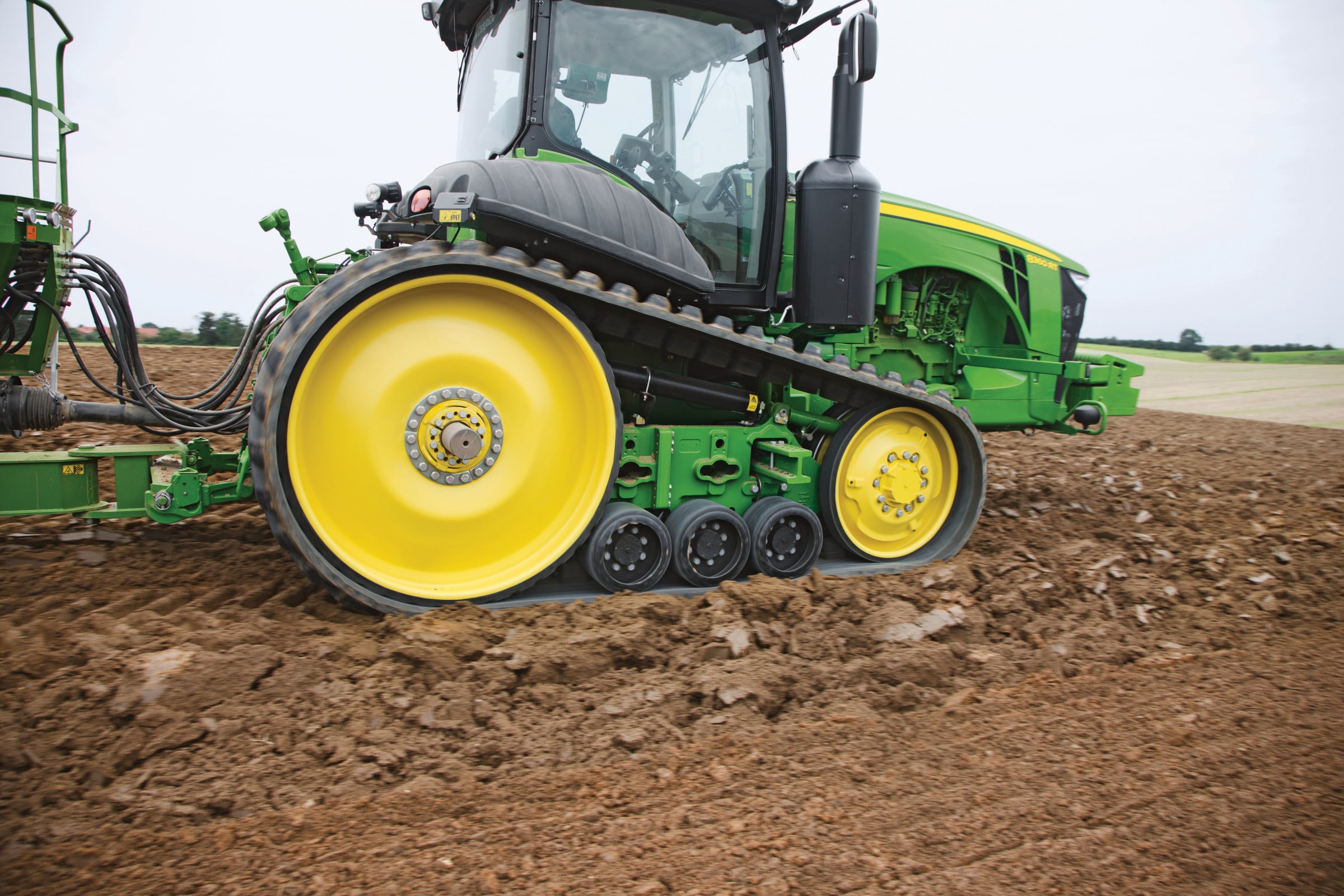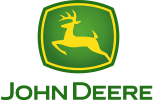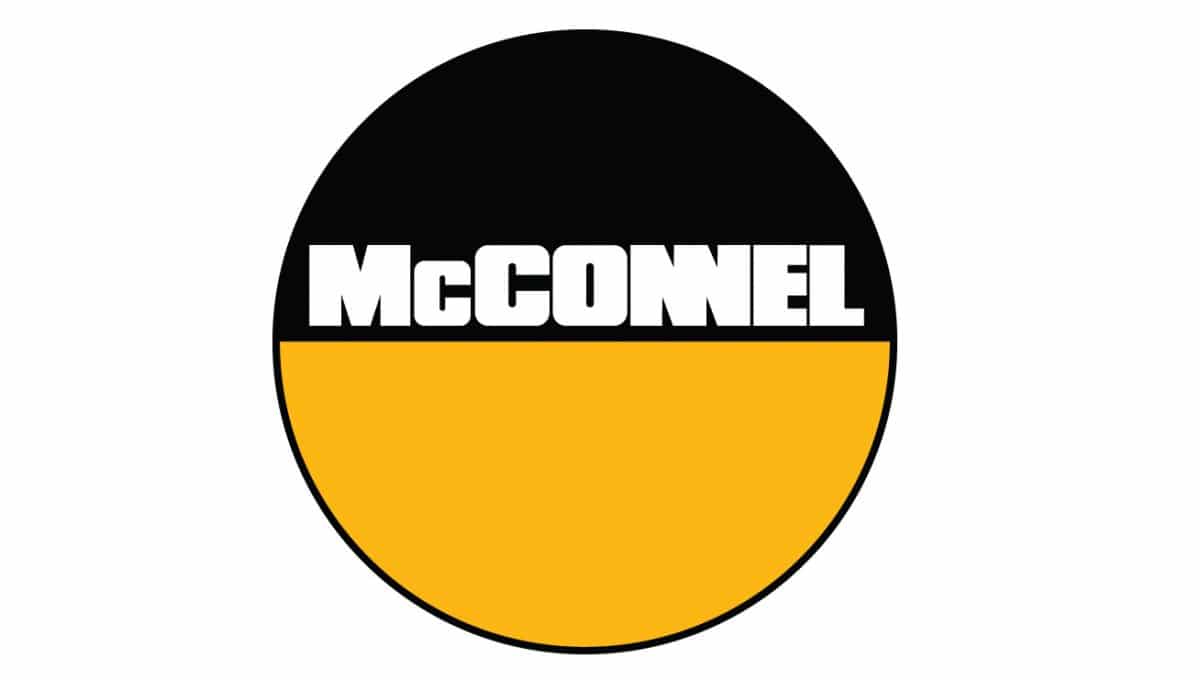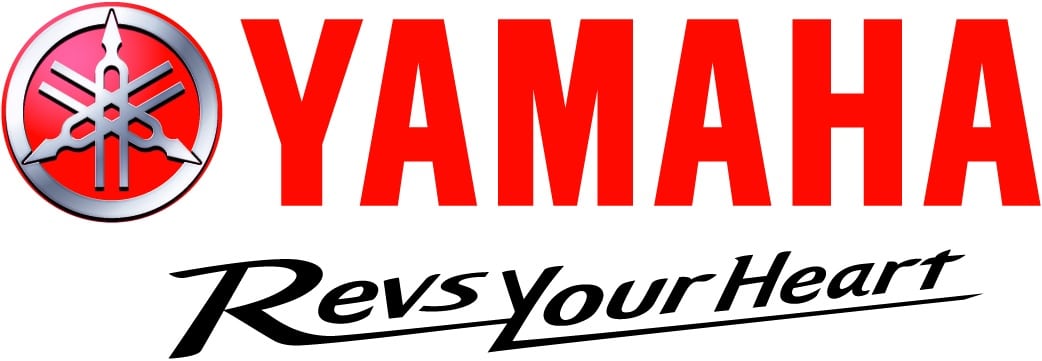With another wet autumn/winter behind us, businesses operating tracked tractors are likely to be at an advantage this spring when it comes to repairing damaged land after root crop harvests and/or establishing crops. But whether you have run such a machine for many years, or are a relatively recent convert to the value of tracks, there are a few areas of operating and maintenance advice that can help to get the maximum value from your crawler, suggests Sam Body, P Tuckwell field sales support manager and agricultural demonstrator.
“Tracked tractors have many advantages over their wheeled counterparts, including better floatation, a larger footprint and higher levels of traction over a wider range of soil conditions,” notes Sam.
“But there are some points of difference between how the different types affect the soil, with ‘berming’ – creating ridges when turning on headlands – a possible effect of tight turning with a twin-tracked machine, leading to soil/crop damage. The design of four-tracked machines such as the John Deere RX models addresses this, leaving little visible marking where the tractor makes a turn.”
Maintenance advice
Tracks on tracked machines require routine maintenance throughout the season, emphasises Sam, and he suggests examining them regularly and ensuring they are kept clean and free of foreign objects that enter the track inner/idler/mid-roller areas, as they can be damaged by sharp stones and suchlike.
“With a new machine, or an existing one fitted with new tracks, be careful on long road journeys. New rubber can be soft and tacky, making heat build-up more likely, while the idlers and mid-rollers are not yet polished smooth, causing more friction. The guide lugs need to bedded in, and soil can act as a lubricant to perform this role. Dry and dusty soil can be applied inside the track frame, or alternatively the use of talcum powder can help the process of bedding in the tracks. There are some handy YouTube videos available that give further tips and tricks on managing new tracks.
“Track alignment may need to adjusted through the life of the track, due to factors such as component wear and track damage, and it will also need to checked once a track is replaced. Mis-alignment may cause rapid wear to the guide lugs and idlers and mid rollers, and will also cause the track to overheat, especially during long periods of transport. An easy way to check track alignment is to see if there is a significant difference in surface temperature between the inner and outer guide lugs. The procedure for checking and adjusting this can be found in the operator’s manual.”
Drive wheels and mid-rollers will commonly show signs of wear with cuts and small sections of rubber loss as a result of general use, but these need to be checked regularly, says Sam.
“Remove foreign objects as soon as they have been spotted. Check to make sure the mid-rollers can freely turn, and if you start to see excessive rubber loss across the entire wheel.
“Track belts can wear at different rates due to the amount of road work the machine does, and incorrect set-up of the machine, with track slip being a major factor. If you spot any unusual chunking, chipping or cracking of lugs/tracks and misalignment issues, speak to your local P Tuckwell service department, who will be able to offer you advice.”
Twin-track tractor ballasting
Correct ballasting is crucial to tracked tractor performance, notes Sam. Too much weight will cause excessive soil compaction, power loss, increased load and fuel waste, while too little may mean excessive slip, which can cause higher track wear and soil damage.
“A good way to check the ballast and balance of a twin-track crawler is to walk/drive beside the tractor during operation and visually check the entire contact area of the track is parallel with the soil surface area at all times with the implement engaged. The correct weight split on a crawler is 60% front and 40% rear. Weights can be added to the front idler of the track frame, with additional weights being added to the front support or wafer weights being added to the side of the engine.
“Tracked tractors should work in a slip range of 2-5%. Operators can create their own homepage on the tractor’s GreenStar terminal screen, and track slip is a definite to add to your page.”
Transmission set-up tips
Between the three different transmissions offered by John Deere, the most common will now be the AutoPowr and e23, says Sam. Within each transmission there are different modes the operator is able to use while operating the tractor.
“The most commonly used will be Full Auto and Custom modes. Full Auto mode will automatically adjust engine and transmission speeds based on the load of the tractor. In the majority of situations Full Auto mode will give you the best results.
“In custom mode, it’s possible to customise some of the features of the transmission, and within it the minimum engine speed with Eco on/off and the engine rpm droop as a percentage can both be adjusted. If you are working in some heavy draft applications, we have found taking the time to set up the transmission in custom mode with these adjustments has helped a number of operators to improve performance. For example, on machines with an e23 transmission, a slightly higher minimum engine rpm means a more prompt gear change when hitting a tough patch.
“Follow these tips, and you should get the best from your John Deere crawler.”
More advice is available from your local P Tuckwell outlet, or get in touch with your local Service+ team for more about our all-in maintenance plans or Academy training packages.















